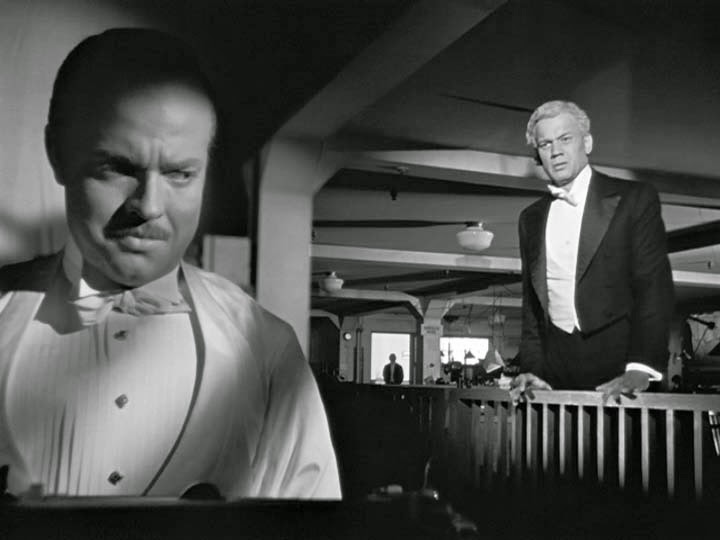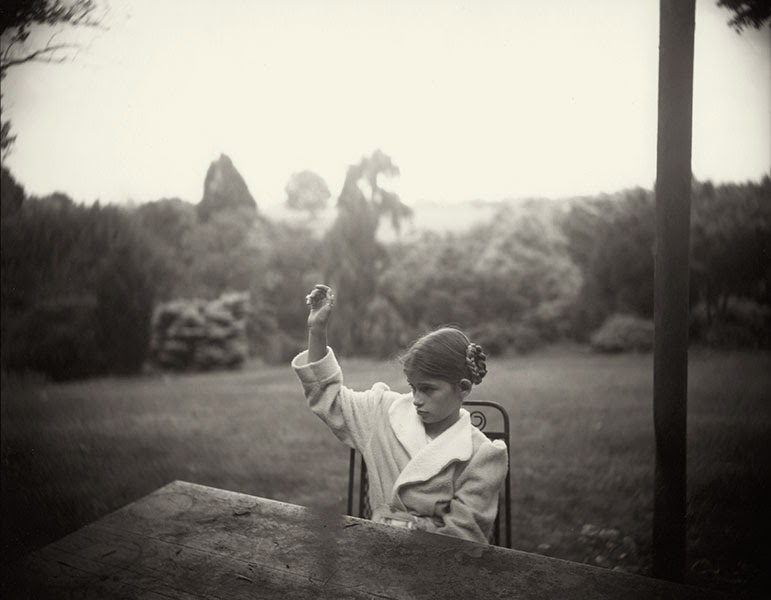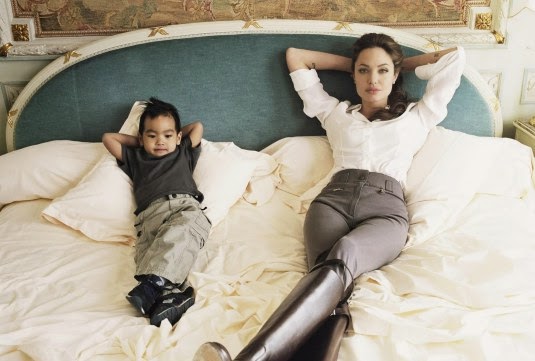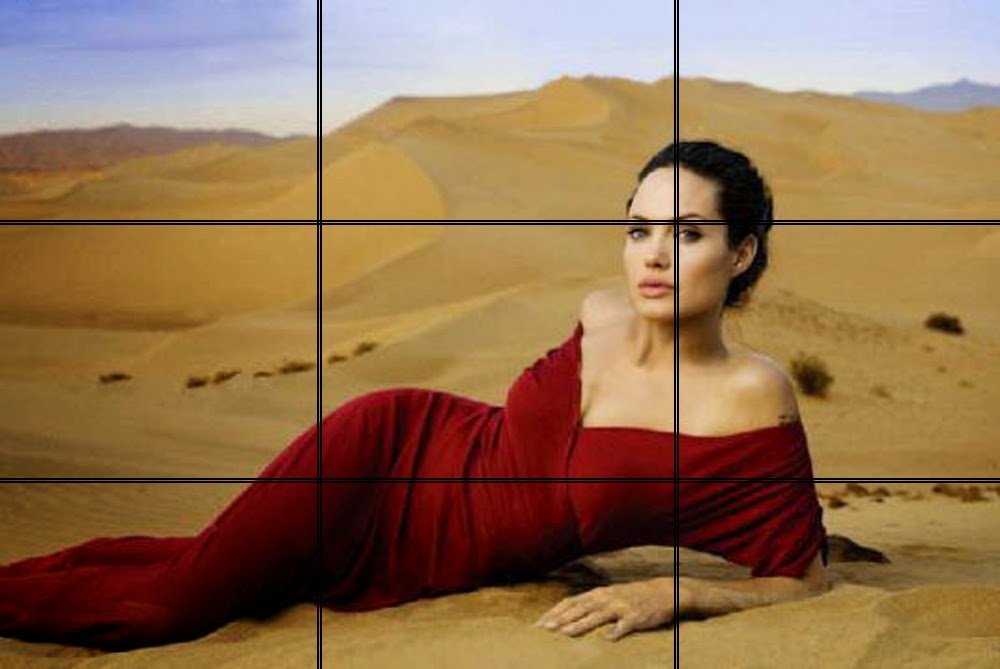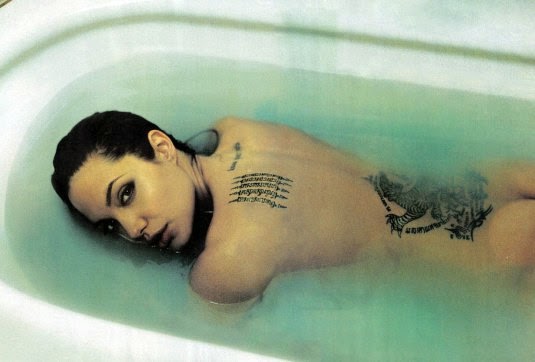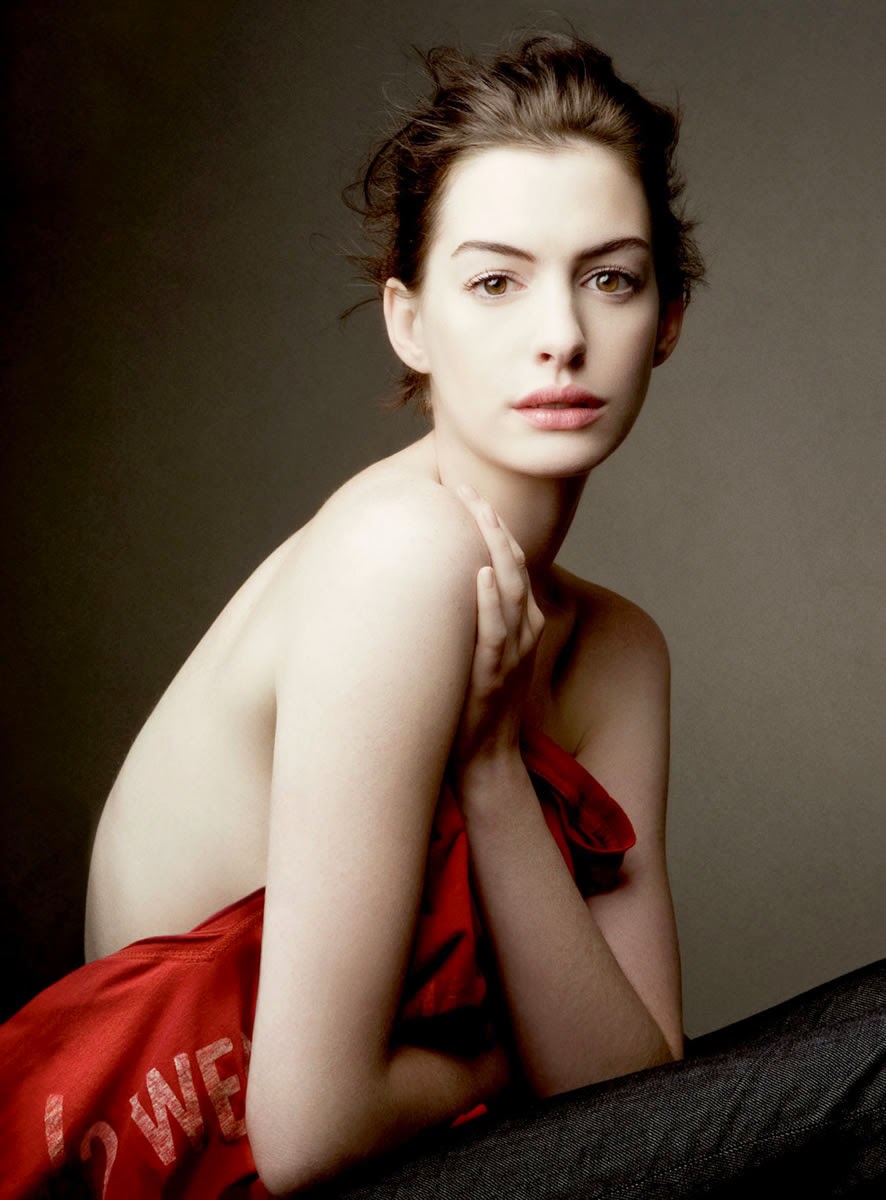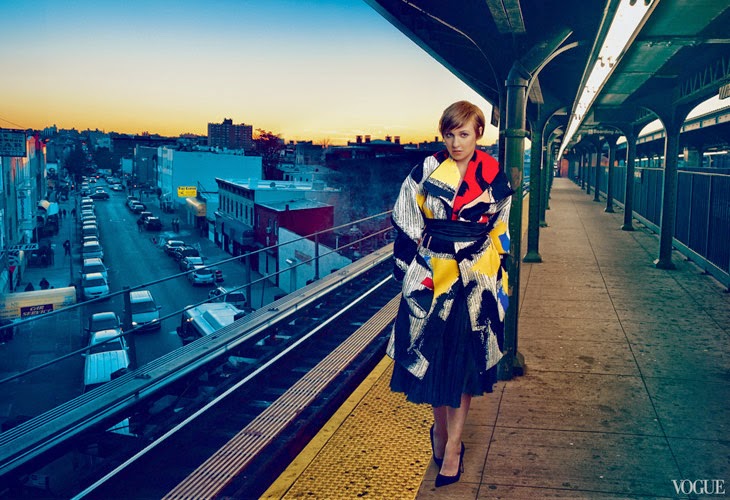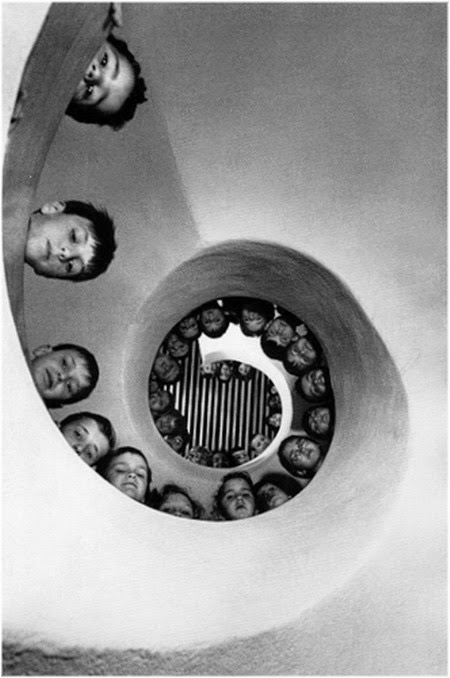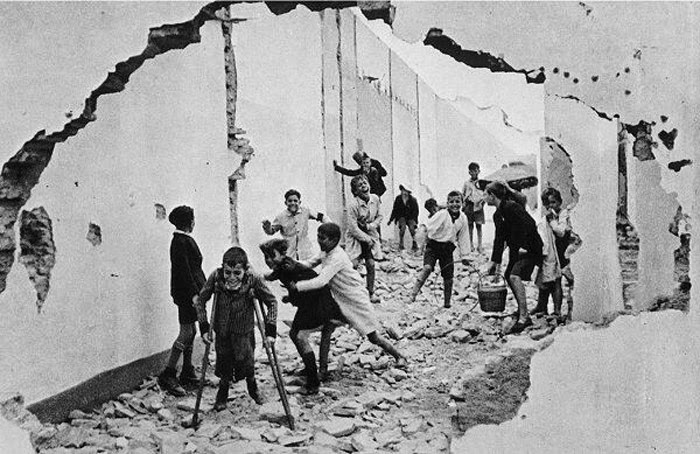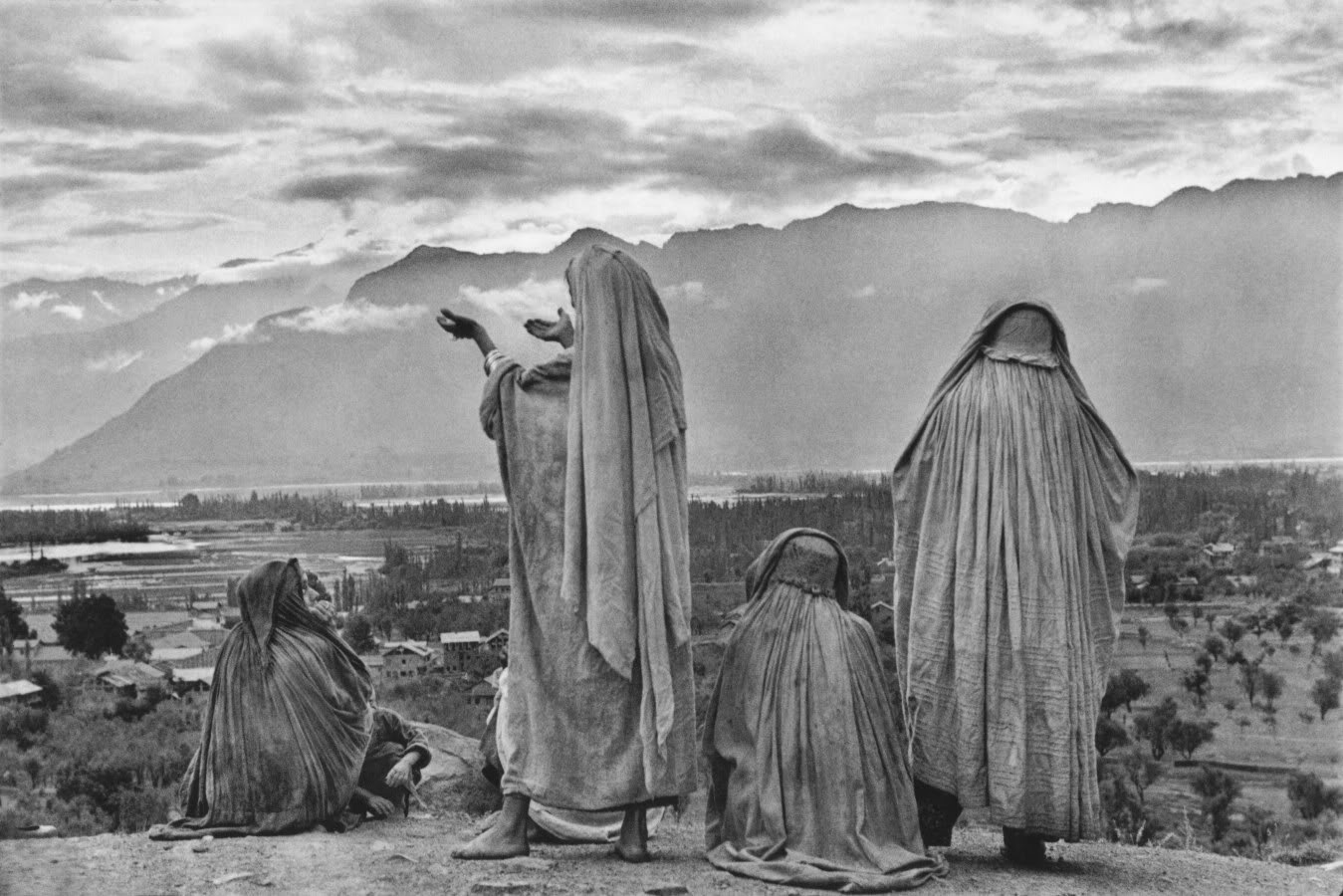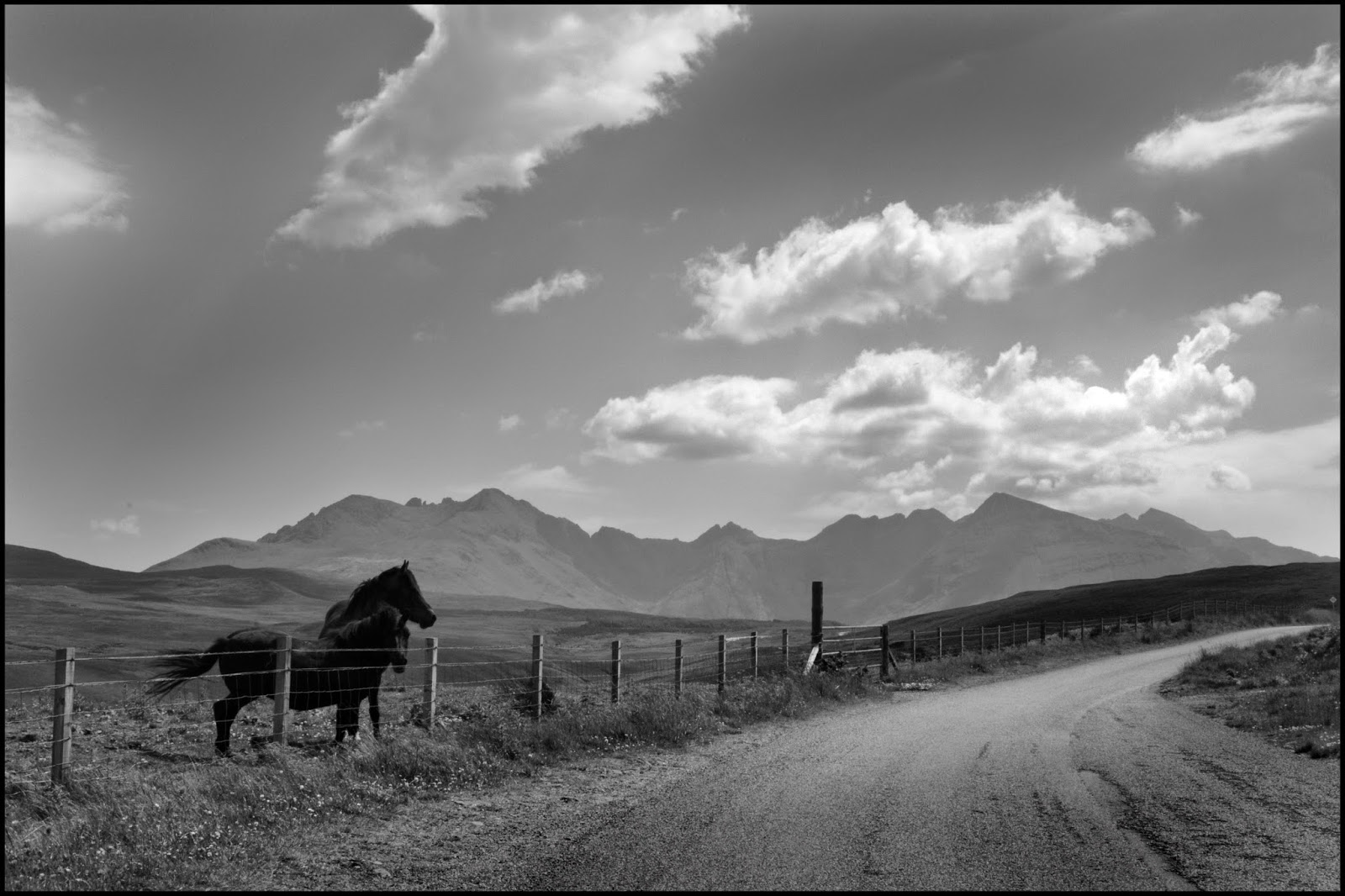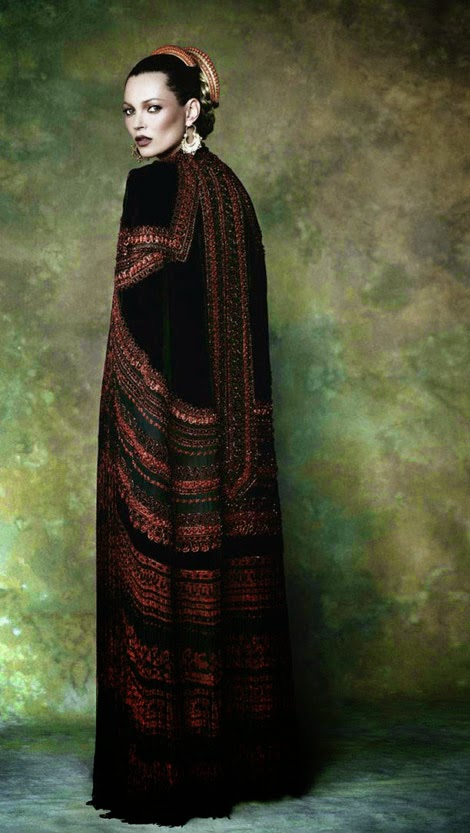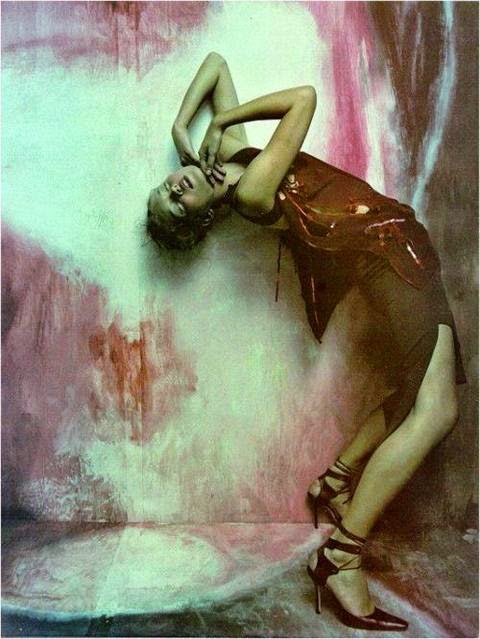1. Composition
2. Relationship between ISO, Shutter Speed, Aperture. WHAT IS A STOP.
Start with + and - on camera
1. SLOW SHUTTER
PANNING: follow the subject as it moves, pressing the shutter button as you pan. Subject will be sharp and background will be blurred. Try this on cyclists, cars, planes, joggers, animals and sporting activities.
FIXED POINT slow shutter speed with camera on a tripod. If the subject moves at all it will be blurred as it passes across the viewfinder and anything not moving will be sharp.
(photo by Peter Bargh)
OBJECT REMOVAL: is employed by architectural photographers who want to photograph a building without people getting in the way. Using a very slow shutter speed, say five or 10 seconds, anything moving through the frame will be invisible.
An ND FILTER over your lens will reduce the amount of light without affecting the colour of the picture so you'll be able to take a natural looking shot.
APERTURE
MEANING IN PHOTOGRAPHY
1. Emotional Consequences of Composition
Pattern, Line, Contrast ( not just tone but relative size of elements)
2. Emotional Consequences of Pose
Read photographs
Meaning from FOCAL LENGTH
Meaning from DEPTH OF FIELD
Meanung from NEGATIVE SPACE
Meaning from VANTAGE POINT
Meaning from ASPECT RATIO
What is art photography
What is portraiture
Role of Editing
when we get into elements of how a photograph works, remember that these are not all things a photographer has to be conscious of when she snaps the picture. But they do come into play during editing.
Role of the Audience
- art in the eye of the beholder
- what the audience does not see, but feels
Angle of sharp vision
- human eye sees in chunks and brain processes random data
- great vistas don't necessarily make great photographs
- why people hate pictures of themselves -- seeing entire face for first time
- eye does not perceive the world or a photograph with uniform sharpness or interest so the eye craves to be guided
Elements of Composition or Why a Picture Works
- Framing -(Balance)
Proximity to borders
Do you get the feeling of togetherness or independence. How do the poses reinforce or modify the feeling indicated by the framing of the subject?
Rule of Thirds
centered and at rest
LINE
FORM
Most dynamic is the triangle because of our visceral and primitive reaction to perspective and long roads.
CONTRAST
PATTERN
BALANCE
Tonal or subject Equality between right and left sides of a picture
BAGGAGE OF THE VIEWER
NARRATIVE PHOTOGRAPHY










